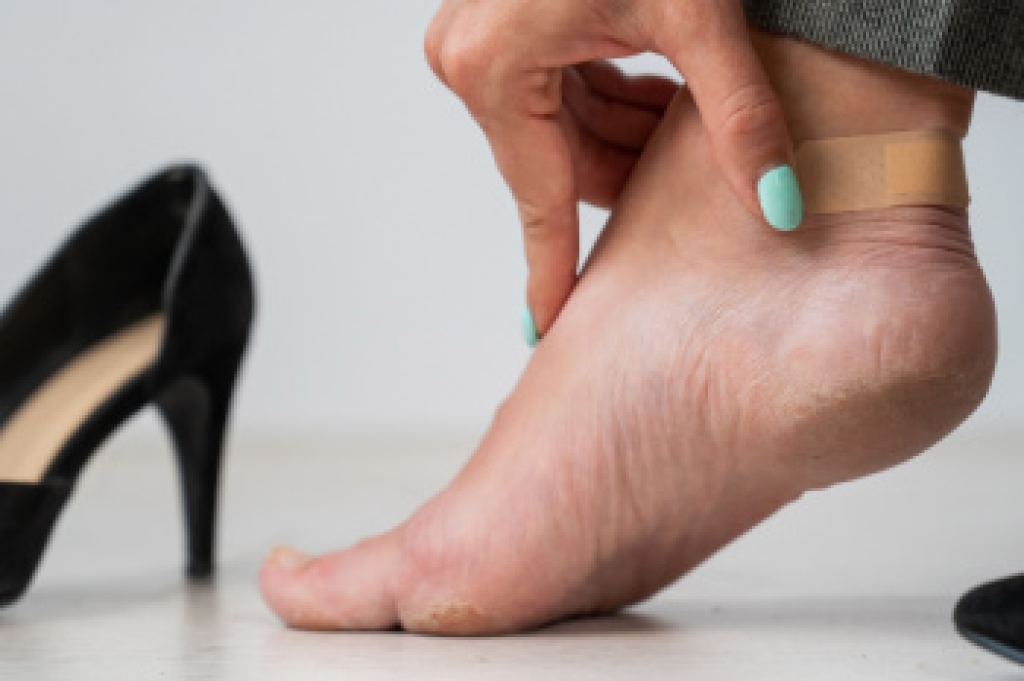
Foot blisters are a common occurrence that can cause discomfort and inconvenience, especially for those who are active or wear ill-fitting shoes. These small fluid-filled pockets form on the outer layer of the skin, typically due to friction, pressure, or repetitive rubbing. The friction causes the layers of skin to separate, allowing fluid to accumulate between them as a protective response. Blisters can result from various factors, including wearing new or tight footwear, engaging in prolonged physical activity, or experiencing excessive moisture buildup. Additionally, foot blisters can develop as a result of medical conditions such as eczema, herpes, or allergic reactions. While foot blisters are often minor and heal on their own, they can become painful and susceptible to infection if not properly managed. If you have developed a blister on your foot that has become infected, it is suggested that you consult a chiropodist who can offer you effective treatment and prevention techniques.
Blisters can usually be treated at home, however, if you have recurring blisters or experience significant discomfort or pain, please consult with one of the chiropodists from The Footcare Centre. Our chiropodists will assess your condition and provide you with quality foot and ankle treatment.
What Is a Blister?
A blister is a small pocket of fluid in the upper skin layers and is one of the body’s natural responses to injury or pressure. Blisters can also result from burns, fungal or viral skin infections, and the feet are particularly prone due to ill-fitting footwear and friction. Friction on the skin causes the upper layer of skin to separate from the lower layers. The space that this separation creates then becomes filled with a liquid called serum, which protects the lower layers of skin.
Treatment
If you notice a blister on your foot, you can cover it with a soft bandage or dressing to protect it. Popping the blister is discouraged. Doing so exposes the raw skin underneath it to bacteria and also raises the risk of infection. If a blister pops naturally, let it drain before covering it with a bandage. Blisters usually heal on their own or with home treatment, however, if your blister is recurring, very painful, or appears infected, it is recommended that you see a chiropodist for treatment.
Prevention
You can help to prevent blisters by wearing comfortable, well-fitted shoes. Keep your feet dry by wearing moisture-wicking socks and dust your feet with talcum powder if they tend to get sweaty. If you have areas on your feet that are more susceptible to blisters, you might be able to prevent the blister from forming by covering it with a pad.
If you have any questions, please feel free to contact our office located in . We offer the newest diagnostic and treatment technologies for all your foot care needs.
